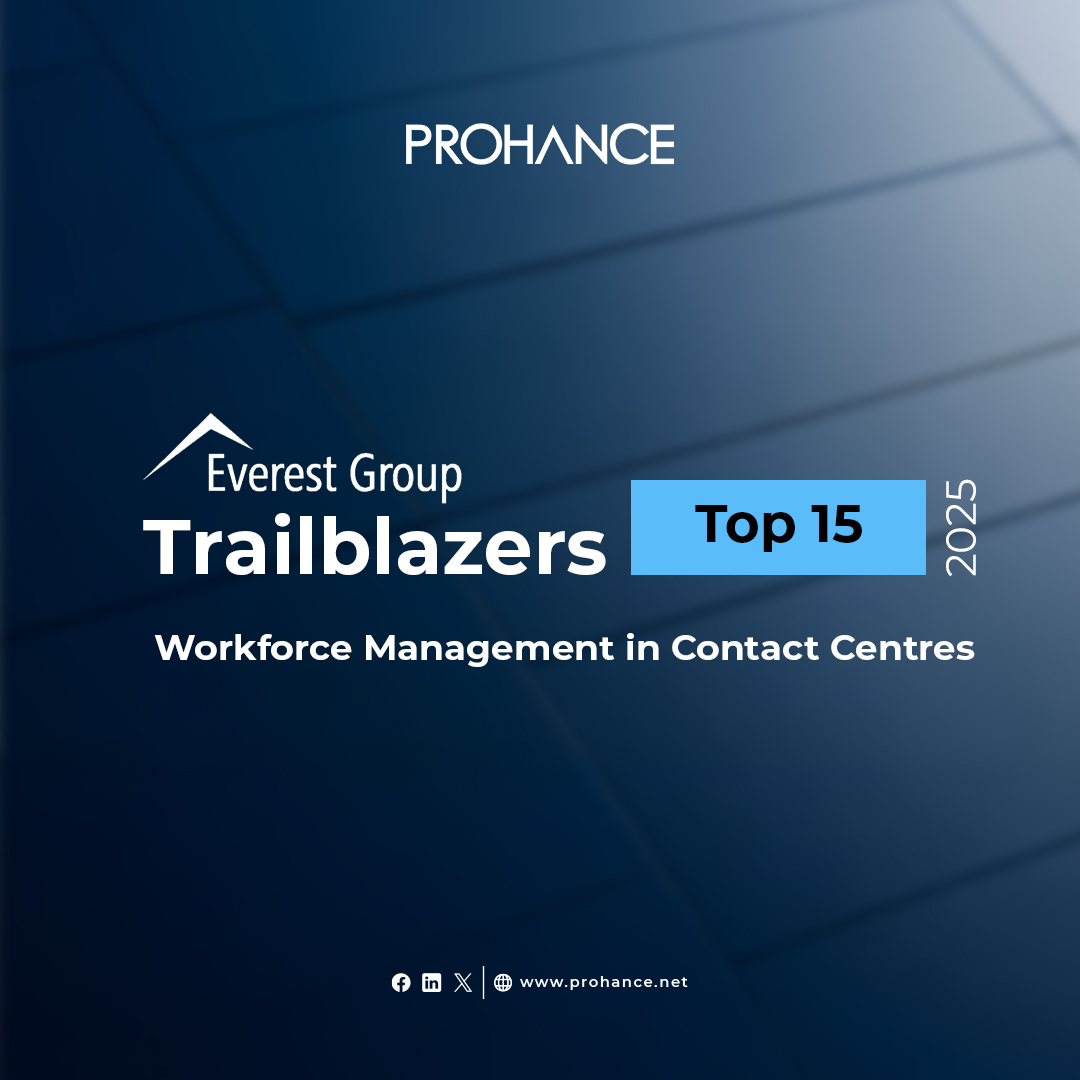What Predictive Analytics: How It Works, Benefits & Tools
Predictive analytics has gained major importance in decision-making, especially in businesses where data can be used to forecast what will happen next. In this step-by-step guide, we aim to discuss what predictive analytics is, how it is done, the advantages it has, and the predictive analysis tools.
It does not matter whether you have heard of the term predictive analytics before or you’re looking for an operational data analytics solution; this guide contains all the relevant information you wish to have.
Why is Predictive Analytics Important?
Predictive analytics plays a key role in helping organizations make informed decisions by using historical data and statistical methods. Here are some important reasons why businesses rely on predictive analytics:
Improves decision-making
Understanding what predictive analytics is helps companies shift from guesswork to data-backed strategies that are more accurate and timely.
Increases profitability
With the help of predictive analytics tools, businesses can forecast demand, plan inventory, set effective pricing, and identify sales opportunities to improve their bottom line.
Strengthens marketing efforts
Predictive modeling allows companies to better understand customer behavior, personalize marketing campaigns, and build stronger customer relationships.
Reduces risk
Predictive data analytics helps spot unusual patterns and behaviors that may indicate fraud, system issues, or other business risks.
Improves operational efficiency
Teams can plan better, use resources wisely, and avoid unnecessary delays by acting on reliable predictions.
Using predictive analytics tools helps organizations stay focused, prepared, and competitive in a fast-changing environment.

There are two main categories of algorithms utilized in predictive modeling. These are supervised and unsupervised algorithms. In the context of analytics, supervised machine learning models are more predominant as they focus on predicting the target variable.
Common types of predictive Modeling?
Predictive modeling is a vital part of predictive analytics that helps organizations analyze past data to forecast future trends. The main types of predictive modeling are classification, clustering, and time series models.
Classification Models
These models sort data into specific categories based on historical information. They’re useful for tasks such as identifying fraudulent activities, assessing creditworthiness, or segmenting customers. Common classification techniques include decision trees, logistic regression, random forests, and neural networks.
Clustering Models
Unlike classification, clustering models group data points based on similarities without predefined categories. This helps businesses identify natural groupings, like customer segments, using methods such as k-means clustering and DBSCAN.
Time Series Models
Time series models focus on data collected over consistent time intervals, helping to uncover patterns like trends or seasonal fluctuations. Techniques such as ARIMA and moving average models are widely used for forecasting, like predicting daily sales or call volumes.
By applying these predictive modeling methods, companies can make better-informed decisions based on data-driven forecasts.

The demand for predictive analytics will increase throughout the decade as the global market, valued at $20.5 Billion in 2022, is expected to grow at a CAGR of 20.4% and reach $30 Billion by 2028.
Thanks to predictive BI-fueled growth, the following are the benefits that can be seen:
- Operational efficiency improved up to 80%
- Revenue growth by 12%
- Cost reduction by 23%
How Does Predictive Analytics Work?
At the foundation of predictive analytics lies data to work with. This process proceeds as follows in general:
Stage 1: Data Collection
This step involves drawing data from various internal and external sources such as CRM, ERP systems, and IoT devices.
Stage 2: Data Cleaning and Preprocessing
This step involves the improvement of raw data by eliminating errors, discrepancies, or extreme values. Other essentials, such as normalization and categorization techniques, are also introduced within this stage.
Stage 3: Building the Model
This step in the predictive analytics process involves selecting a model that best fits the data. Typical models are regression analysis, decision trees, or neural network models.
Stage 4: Model Validation
These also followed the development of each model before being deployed. Each model is validated to determine whether it meets the intended predictive purpose via cross-validation.
Stage 5: Deployment
After obtaining validation, the model is put into action and deployed to make predictions and deliver insights. Depending on the scenario, this may include either real-time monitoring or batch predictions.
Predictive Analytics Industry Use Cases
Predictive analytics is used across many industries to solve real-world business challenges. By applying predictive data analytics, organizations can forecast outcomes, reduce risk, and improve efficiency. Here are some key industry use cases:
Banking and Financial Services
Predictive analytics tools help assess credit risk, detect fraud, and identify high-value customers. Banks use these insights to make better lending decisions and optimize marketing efforts.
Healthcare
Predictive modeling is used to identify at-risk patients, track infections, and improve treatment plans. Health systems can intervene early, improve patient outcomes, and manage chronic illnesses more effectively.
Human Resources
HR teams use predictive analytics to forecast employee turnover, match candidates with suitable roles, and improve engagement. This leads to lower hiring costs and better retention.
Marketing and Sales
Predictive analytics helps identify customer behavior trends, reduce churn, and personalize outreach. It supports strategies like cross-selling and powers recommendation engines.
Supply Chain and Inventory Management
Companies use predictive analytics to forecast product demand, manage stock levels, and make pricing decisions. It helps balance inventory and improve customer satisfaction.
These use cases highlight how predictive analytics tools drive smarter, data-informed decisions across industries.
Benefits of Predictive Analytics
Informed Decision-Making
Predictive analytics is one of the most important tools for providing data to make decisions in the present. It uses previous patterns to predict how things may turn out and aids in planning, business development, process optimization, and so on, preparing the company for competition. As a consequence, decisions in a company, including investing, product launching, and marketing decisions, become more timely and are also more likely to be correct.
Improved Operational Efficiency
Predictive analytics assists firms in being smarter about where to allocate resources by anticipating operational requirements, including how much inventory, demand, or equipment maintenance is required at a given time. For instance, businesses can predict when equipment may fail and take precautionary measures to avoid costly interruptions in output. It guarantees that the appropriate quantity of stock is available when required, as it does in supply chain management, thereby eliminating waste or shortages.
Fostering Greater Customization for the Customers – A New Approach
Through interpretable AI predictive modeling, organizations utilize customer data and enhance customer engagement by targeting customers with alternate offers. For instance, AI helps companies to predict future purchase behavior or consumer needs and helps better target marketing strategies. As a result, customers are more satisfied and loyal to the company as they are provided with products and promotional content that appeals to them and their previous activities. Predictive modeling can also help keep customers by predicting factors that result in customer churn and help implement measures in advance.
Decreasing Rate of Failure
An essential role of predictive analytics is risk management, specifically assuring that problems do not escalate. Its usage in areas like finance and insurance makes it easier to identify fraud, compute default rates, and evaluate credit risk. Understanding what constitutes fraud allows an organization to ensure that fraud risks are curbed, thus minimizing potential financial losses and improving risk management. It also allows the organization to model various exposure scenarios and organize themselves in case of an occurrence.
Reducing Costs
The operational cost of predictive modeling has drastically decreased, and this reduces operational costs for companies. Predictive maintenance, resource optimization, and accurate demand forecasting are just some predictive analytics use cases with related cost advantages. Predictive models assist organizations in determining when equipment is most likely to need maintenance, preventing unnecessary, costly repairs. In terms of inventory management, predictive analytics assist in determining the amount of products, which helps reduce the cost of overstocking or understocking.
The Competitive Advantage
The diverse firms that seek to predict market trends, customer needs, and even operational requirements through predictive analytics have a considerable advantage over competitors. Such an ability makes firms respond more quickly to change, develop better innovations, and exploit possibilities that their rivals might overlook. In addition, it allows companies to manage and relocate their product, services, and strategies based on future demands and, therefore, have a competitive edge in the market.
What Are Predictive Analytics Tools?
Predictive analysis tools are software programs or packages that create predictions of future events using data, algorithms, and machine learning techniques based on what happened in the past. Such tools analyze various trends and patterns and assist organizations in making decisions by forecasting events, including customer activities, risks to operations, and even market reception of a new trend.
They develop understandings from structured as well as unstructured data in huge quantities. These understandings assist organizations in the enhancement of operations through the reduction of risks and the formulation of plans in advance, increasing effectiveness while promoting growth.
Predictive Analysis Software: ProHance

ProHance’s Advanced Analytics module adds strong predictive capabilities to the organization for workforce management through a number of key features:
- Multi-Dimensional Variation Analysis: This enables organizations to understand the correlation between different attributes of productivity, forecast trends, and implement efficiency improvement measures.
- What-If Scenarios: Allows managers to create simulations of changes in processes and resource allocation and predict their effects on outcomes.
- Benefit Realization Calculators: Such tools measure the success of strategies that have been pursued and implemented, monitoring ROI on productivity measures.
- Context Switching and Work Zone Trends: Examines the patterns of task switching and work habits to predict aspects of employee performance and possible impeding factors.
These functionalities, therefore, allow companies to leverage predictive insight in improving staffing, productivity, and making decisions. As the global head of JLL Service Centers shares, “Team members, team leaders, and the senior management team have extensively leveraged the insights provided by the ProHance Advanced Analytics module to identify and implement many operational improvements. These range from individual improvements in ways of working to supporting our strategic improvement programs.”
Also Read: People Analytics: Importance, Process & Its Functions
Wrapping Up
To summarize, predictive analytics is creating a disruption in the industries by enabling businesses to forecast their future by looking at their past data. Evidently, organizations which are leveraging predictive analytics stand to improve their decision-making processes, operational efficiency, and competitive advantage.
Frequently Asked Question
Q1. How do you choose a predictive analysis software?
When deciding on predictive analytics software, bear in mind the following requirements:
- Scalability: Can the tool process large datasets in line with projected company growth?
- Ease of Use: Will both data scientists and users with no technical expertise find it easy to navigate the interface of the application?
- Integration: Is there a seamless integration between the application you wish to acquire and your existing applications and databases?
- Cost: Here, remember the first costs, as well as the costs associated with training and post-sale support for the software over time.
Q2. What’s the importance of predictive analytics for business?
Businesses should also look into predictive analytics as a way of helping improve their competitive edge. It aids in the enhancement of marketing strategies, control of reserves, upholding customer satisfaction, and decreasing uncertainties.
The generated insights allow the companies to act proactively in quite a number of areas, such as on anticipated changes in the market and shifts in consumer targets, among others, without incurring losses in overheads.
Q3. Give some predictive analytics examples.
Several organizations do not predict their activities and, as a result, use predictive analysis models. These include but are not limited to the following types:
- Marketing: Businesses apply predictive analytics to their marketing strategies to predict their customers’ demand for their goods and services, hence personalizing their offers, which increases their conversion rate while minimizing customers’ churn.
- Finance: The banks utilize predictive models to combat fraudulent transactions by recognizing and flagging abnormal behavior.
Q4. What is predictive analytics in simple terms?
Predictive analytics uses past data to estimate what might happen next. This helps organizations plan ahead and make better decisions based on likely future outcomes.
Q5. How does predictive analytics work?
First, data is collected and cleaned to remove errors. Then, predictive models are trained on this data and tested for accuracy. The best model is deployed, and its performance is continuously monitored to keep predictions reliable.
Q6. What is predictive analytics in simple words?
It’s a way to use data to forecast future events or behaviors, helping businesses decide the next best action to take.
Q7. What are the 4 predictive analytics types?
The main types include classification (sorting data into groups), regression (predicting numerical values), time-series forecasting (predicting trends over time), and anomaly detection (spotting unusual patterns).
Q8. What are examples of predictive analytics?
Common examples are predicting customer churn, forecasting product demand, detecting fraud, scoring sales leads, scheduling maintenance before breakdowns, and planning workforce needs.
Q9. What is the difference between descriptive and predictive analytics?
Descriptive analytics explains what has already happened by analyzing past data. Predictive analytics goes further by estimating what could happen next, enabling proactive action.
Q10. How does ProHance support predictive analytics?
ProHance gathers activity and workflow data to provide insights like trend analysis and variance views. It allows simulation of staffing scenarios and measures actual benefits. The focus is on actionable metrics, privacy, and clear reporting rather than intrusive monitoring.






